Home>Gardening & Outdoor>Landscaping Ideas>What Is The Best Fake Grass
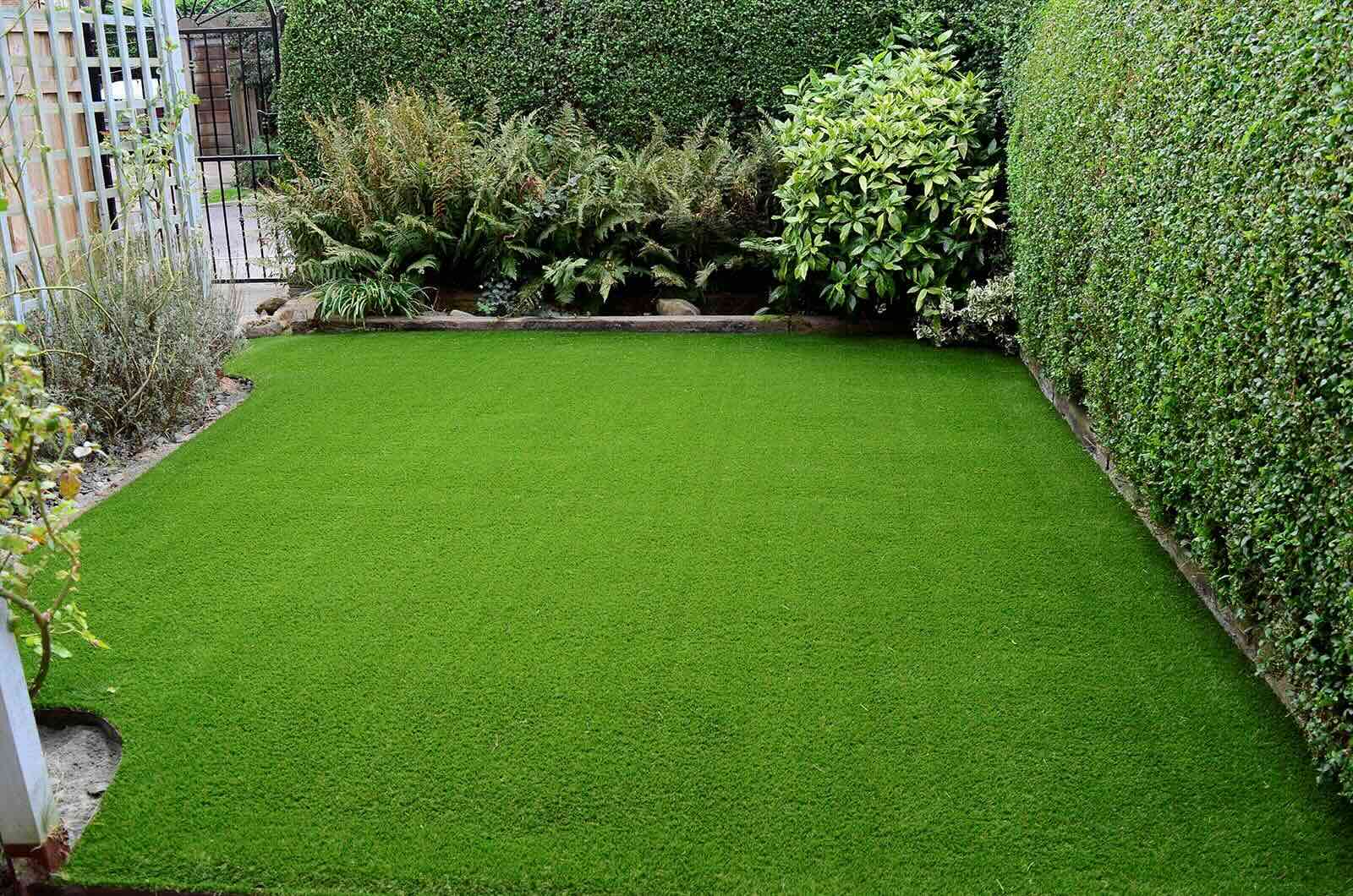

Landscaping Ideas
What Is The Best Fake Grass
Modified: March 2, 2024
Discover the top landscaping ideas with the best fake grass for a low-maintenance and lush outdoor space. Explore innovative options for your artificial turf needs.
(Many of the links in this article redirect to a specific reviewed product. Your purchase of these products through affiliate links helps to generate commission for Storables.com, at no extra cost. Learn more)
Introduction
When it comes to creating a lush and vibrant outdoor space, the choice of grass plays a pivotal role in shaping the overall aesthetic and functionality of the area. While natural grass has long been the traditional go-to option, the emergence of fake grass, also known as artificial turf or synthetic grass, has revolutionized landscaping practices. This alternative offers a host of benefits that cater to the diverse needs and preferences of homeowners, businesses, and public spaces.
The demand for fake grass has surged in recent years, driven by its remarkable resemblance to natural grass and its ability to withstand various environmental conditions. Whether it's for a backyard, a sports field, or a commercial property, fake grass presents an attractive solution for those seeking a low-maintenance, visually appealing, and durable landscaping option.
In this comprehensive guide, we will delve into the world of fake grass, exploring the factors to consider when choosing the best option, the various types available, the numerous benefits it offers, and the essential maintenance practices to ensure its longevity. By the end of this journey, you will have gained valuable insights into the versatility and practicality of fake grass, empowering you to make informed decisions for your landscaping endeavors.
Key Takeaways:
- Fake grass offers low maintenance, year-round appeal, and durability, making it a practical and visually appealing landscaping option for homes, businesses, and public spaces.
- Choosing the right fake grass involves considering factors like usage, quality, and budget, ensuring a suitable option for every outdoor space.
Read more: What Is Fake Grass
Factors to Consider When Choosing Fake Grass
Choosing the right fake grass for your landscaping project involves careful consideration of several key factors. By evaluating these aspects, you can ensure that the artificial turf you select aligns with your specific requirements and delivers the desired aesthetic and functional outcomes.
1. Usage and Application
The intended use of the fake grass is a crucial factor to consider. Whether it's for a residential lawn, a commercial space, a sports field, or a pet area, the type of fake grass required may vary based on the level of foot traffic, the specific activities taking place on the surface, and the overall durability needed.
2. Quality and Realism
Assessing the quality and realism of the fake grass is essential for achieving a natural and visually appealing result. Look for options that closely resemble the texture, color variations, and blade shapes of natural grass. High-quality artificial turf often features a combination of different blade lengths and colors to mimic the organic look of real grass.
3. Durability and Resilience
The durability of fake grass is a critical consideration, especially in high-traffic areas or regions with extreme weather conditions. Opt for artificial turf that is designed to withstand heavy use, UV exposure, and temperature fluctuations without losing its shape, color, or structural integrity over time.
Read more: What Is The Best Fake Grass For A Lawn?
4. Drainage and Maintenance
Effective drainage is essential for ensuring that fake grass remains free from water buildup, especially in areas prone to heavy rainfall. Additionally, consider the maintenance requirements of the artificial turf, such as the need for regular cleaning, grooming, and potential infill replenishment.
5. Environmental Impact
For eco-conscious consumers, evaluating the environmental impact of fake grass is paramount. Look for options made from sustainable materials and those that are recyclable. Additionally, consider the potential water savings and reduced chemical usage associated with artificial turf compared to natural grass.
6. Budget and Long-Term Investment
Understanding the initial costs, installation expenses, and long-term maintenance requirements of fake grass is essential for budget planning. While high-quality artificial turf may involve a higher upfront investment, it often proves to be a cost-effective and low-maintenance solution in the long run.
By carefully considering these factors, you can make an informed decision when choosing the best fake grass for your specific needs, ensuring that it not only meets your expectations but also enhances the overall appeal and functionality of your outdoor space.
Types of Fake Grass
When it comes to fake grass, there is a diverse range of options available, each tailored to meet specific needs and preferences. Understanding the various types of fake grass can empower homeowners, businesses, and landscape professionals to make informed decisions based on their unique requirements. Here are some of the most common types of fake grass:
Read more: What Is The Fake Grass Called
1. Polyethylene Fake Grass
Polyethylene fake grass is renowned for its soft texture and natural appearance, making it a popular choice for residential lawns, playgrounds, and landscaping projects. This type of artificial turf is designed to replicate the lush and vibrant look of natural grass, with individual blades that boast a high level of realism. Additionally, polyethylene fake grass is known for its UV resistance, ensuring that it maintains its color and integrity even in sun-exposed areas.
2. Polypropylene Fake Grass
Polypropylene fake grass is valued for its affordability and versatility. While it may not offer the same level of softness as polyethylene, it is well-suited for applications such as sports fields, commercial landscapes, and high-traffic areas. Polypropylene artificial turf is highly durable and can withstand heavy use, making it an ideal choice for areas where resilience is a top priority.
3. Nylon Fake Grass
Nylon fake grass is recognized for its exceptional strength and resilience, making it a preferred option for athletic fields, putting greens, and areas that experience intense activity. This type of artificial turf is engineered to withstand the rigors of sports and recreational activities, offering superior durability and dimensional stability. While nylon fake grass may have a firmer feel compared to other types, it excels in maintaining its shape and performance over time.
4. Polyethylene/Polypropylene Blend Fake Grass
Blended fake grass combines the desirable characteristics of polyethylene and polypropylene, offering a balance of softness, durability, and cost-effectiveness. This type of artificial turf is suitable for a wide range of applications, from residential lawns to commercial landscapes, providing a harmonious blend of aesthetic appeal and practicality. The combination of polyethylene and polypropylene fibers results in a versatile and resilient surface that caters to various usage requirements.
Read more: What Goes Under Fake Grass
5. Pile Height and Density Variations
In addition to the material composition, fake grass is available in a variety of pile heights and densities, allowing for customization based on specific preferences and functional needs. Whether it's a shorter pile for a neat and manicured look or a denser surface for heavy foot traffic, the range of options ensures that there is a suitable type of fake grass for every landscaping project.
By understanding the characteristics and applications of these types of fake grass, individuals and businesses can make well-informed choices that align with their desired aesthetic, functionality, and budget considerations. Whether it's creating a welcoming backyard oasis, designing a durable sports field, or enhancing a commercial property, the versatility of fake grass ensures that there is a suitable option for every outdoor space.
Benefits of Fake Grass
Artificial turf offers a myriad of benefits that cater to the diverse needs and preferences of homeowners, businesses, and public spaces. From its low-maintenance nature to its year-round visual appeal, the advantages of fake grass are compelling reasons for its widespread adoption in landscaping projects.
-
Low Maintenance: One of the most prominent benefits of fake grass is its minimal maintenance requirements. Unlike natural grass, artificial turf does not require mowing, watering, or fertilizing, saving both time and resources. This makes it an ideal choice for those seeking a lush, green lawn without the hassle of regular upkeep.
-
Water Conservation: In regions where water conservation is a priority, fake grass presents an environmentally friendly solution. By eliminating the need for regular watering, artificial turf contributes to significant water savings, making it a sustainable landscaping option.
-
Year-Round Appeal: Regardless of the season, fake grass maintains its vibrant green appearance, providing a consistently lush and inviting outdoor space. This ensures that homeowners and businesses can enjoy a visually appealing landscape throughout the year, without the seasonal fluctuations that natural grass often experiences.
-
Durability and Resilience: Artificial turf is designed to withstand heavy use and foot traffic, making it an ideal choice for high-traffic areas such as sports fields, playgrounds, and commercial spaces. Its resilience against wear and tear ensures long-lasting beauty and functionality.
-
Allergy-Friendly: For individuals with grass allergies, fake grass offers a welcome relief by minimizing exposure to pollen and other allergens commonly associated with natural grass. This makes it a practical and comfortable choice for creating allergy-friendly outdoor environments.
-
Versatility: Fake grass can be installed in various settings, including residential lawns, rooftop gardens, pet areas, and commercial landscapes. Its versatility allows for creative and functional landscaping solutions tailored to specific needs and preferences.
-
Enhanced Play Areas: Artificial turf creates safe and enjoyable play areas for children and pets, offering a soft and resilient surface for recreational activities. Its shock-absorbing properties make it an ideal choice for playgrounds and backyard play spaces.
-
Aesthetically Pleasing: With advancements in technology, fake grass closely resembles the appearance and texture of natural grass, providing a visually appealing and natural-looking landscape without the maintenance challenges.
By embracing the numerous benefits of fake grass, homeowners, businesses, and public spaces can transform their outdoor environments into vibrant, low-maintenance, and sustainable landscapes that enhance the overall quality of life and enjoyment.
Maintenance of Fake Grass
Maintaining fake grass is essential to ensure its longevity, visual appeal, and optimal performance over time. While artificial turf is renowned for its low-maintenance nature compared to natural grass, it still requires regular care and attention to preserve its pristine condition and uphold its functionality. By implementing proper maintenance practices, homeowners, businesses, and public spaces can maximize the benefits of fake grass and enjoy a consistently lush and vibrant outdoor environment.
Regular Cleaning and Debris Removal
Regular cleaning is a fundamental aspect of fake grass maintenance. Removing debris such as leaves, twigs, and other organic matter prevents the accumulation of debris that can hinder drainage and create an unsightly appearance. A gentle sweep with a stiff brush or leaf blower can effectively clear the surface of the artificial turf, keeping it free from debris and maintaining its aesthetic appeal.
Read more: What Is Fake Grass Called
Stain and Spill Management
Accidental spills or stains on fake grass should be promptly addressed to prevent discoloration and maintain the surface's cleanliness. For liquid spills, blotting with a clean cloth and rinsing the affected area with water can effectively remove the stain. For more stubborn stains, mild soap or a vinegar-water solution can be used, followed by thorough rinsing to ensure residue-free cleaning.
Grooming and Brushing
Periodic grooming and brushing help uphold the upright position and resilience of the fake grass blades. A stiff-bristled brush can be used to gently fluff up the fibers and redistribute infill material, ensuring an even and consistent appearance across the entire surface. This practice also helps prevent matting and compaction, preserving the natural look and feel of the artificial turf.
Weed and Moss Control
While fake grass is resistant to weed growth, occasional inspection and removal of any stray weeds or moss can help maintain the pristine appearance of the surface. Manual removal or the use of weed control products specifically designed for artificial turf can effectively address any unwanted vegetation, keeping the area free from invasive plants.
Infill Maintenance
For fake grass installations that utilize infill material, periodic maintenance of the infill is essential to uphold the surface's performance and resilience. This may involve adding additional infill to compensate for natural settling, redistributing the infill to ensure even coverage, and addressing any areas where the infill may have migrated due to usage or environmental factors.
Read more: What Is Fake Grass Made Of
Seasonal Care
Seasonal care for fake grass involves specific considerations based on weather conditions and usage patterns. In colder climates, removing snow and ice from the artificial turf using a soft-bristled broom can prevent damage and ensure safe use of the area. In warmer climates, rinsing the fake grass with water can help cool the surface and remove any accumulated debris or residues.
By adhering to these maintenance practices, individuals and organizations can preserve the visual appeal, functionality, and longevity of fake grass, ensuring that it continues to provide a vibrant and low-maintenance outdoor landscape for years to come.
Conclusion
In conclusion, the world of fake grass offers a wealth of possibilities for creating stunning, low-maintenance outdoor spaces that cater to diverse needs and preferences. From residential lawns to commercial landscapes, the versatility and practicality of artificial turf have redefined the landscaping industry, providing a sustainable and visually appealing alternative to natural grass.
By considering factors such as usage, quality, durability, maintenance, environmental impact, and budget, individuals and businesses can make informed decisions when selecting the best fake grass for their specific requirements. Whether it's the soft texture of polyethylene, the resilience of polypropylene, or the strength of nylon, the diverse types of fake grass ensure that there is a suitable option for every application.
The benefits of fake grass, including low maintenance, water conservation, year-round appeal, durability, and versatility, underscore its value as a landscaping solution that enhances the overall quality of outdoor environments. Additionally, the maintenance practices outlined, from regular cleaning and grooming to weed control and infill maintenance, are essential for preserving the pristine condition and performance of artificial turf over time.
As the demand for sustainable and visually captivating outdoor spaces continues to grow, fake grass stands out as a compelling choice for those seeking a vibrant, low-maintenance, and environmentally friendly landscaping solution. Its ability to create lush, green landscapes without the need for extensive upkeep positions it as a practical and aesthetically pleasing option for homeowners, businesses, and public spaces alike.
In embracing the world of fake grass, individuals and organizations can transform their outdoor environments into inviting and sustainable landscapes that elevate the overall appeal and functionality of their properties. With its remarkable resemblance to natural grass and its array of practical benefits, fake grass has undoubtedly earned its place as a leading contender in modern landscaping practices.
Frequently Asked Questions about What Is The Best Fake Grass
Was this page helpful?
At Storables.com, we guarantee accurate and reliable information. Our content, validated by Expert Board Contributors, is crafted following stringent Editorial Policies. We're committed to providing you with well-researched, expert-backed insights for all your informational needs.
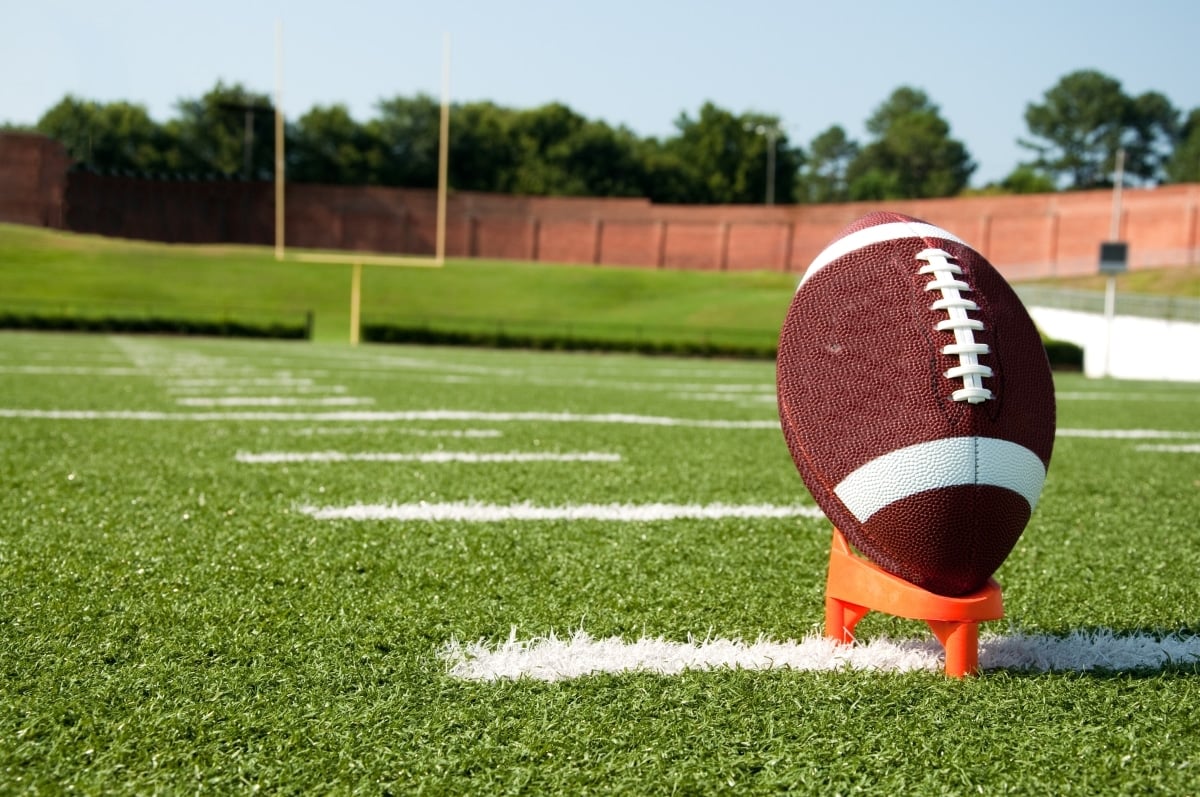
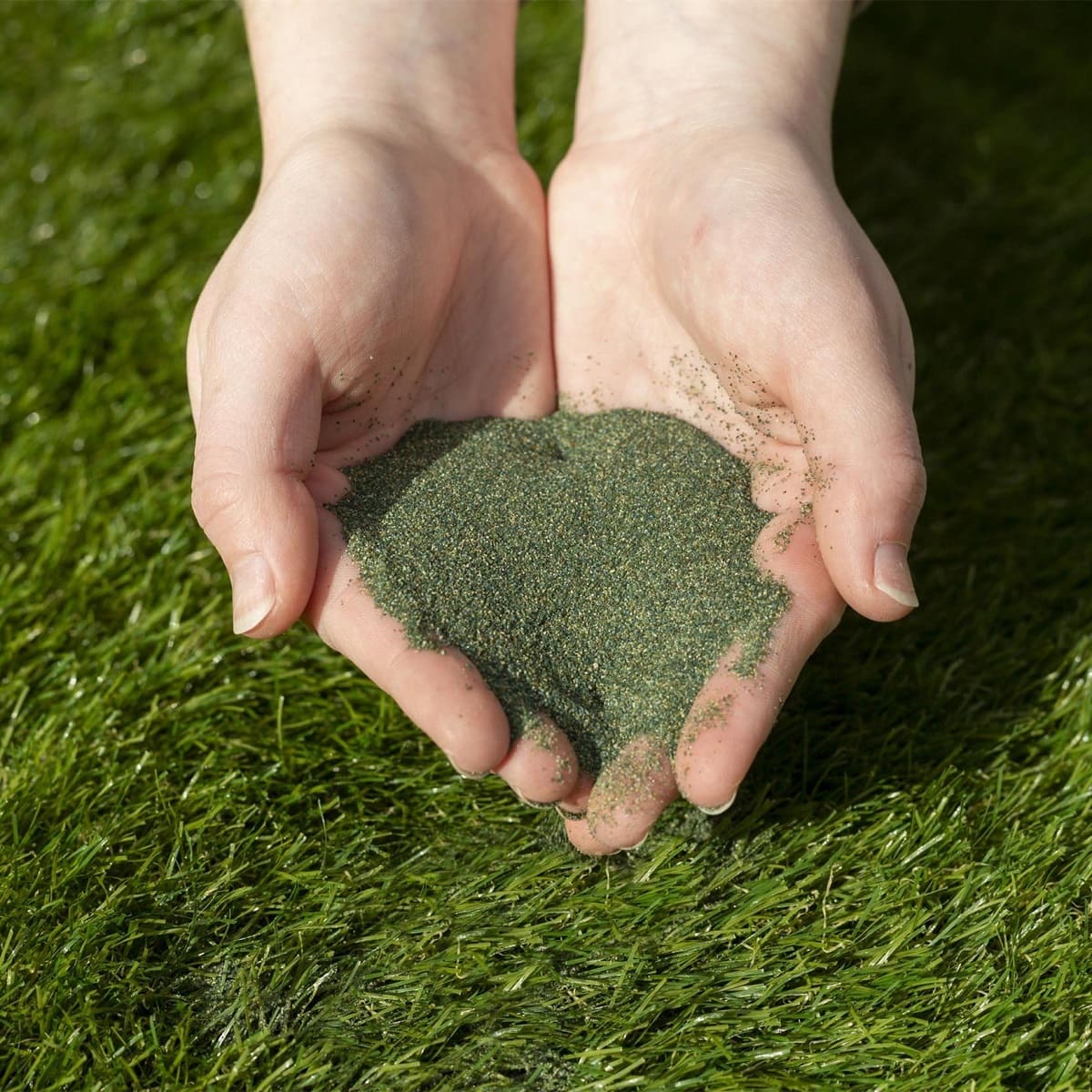
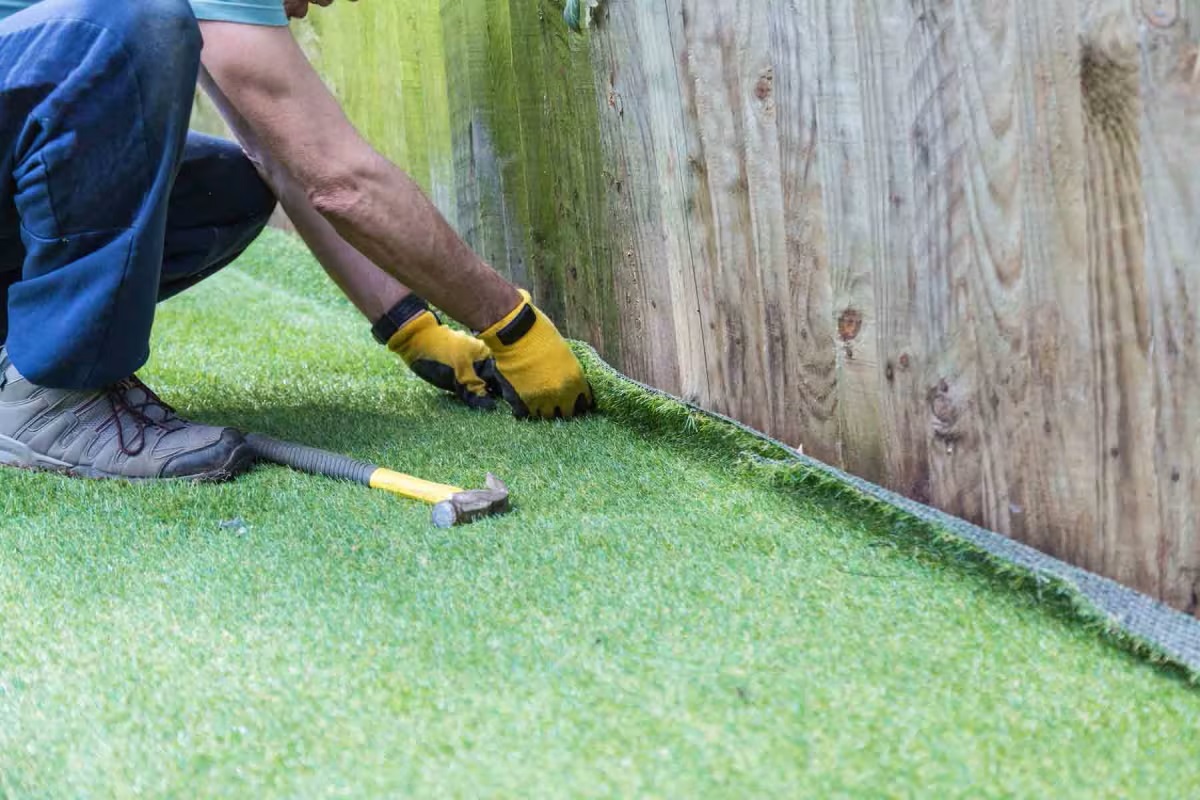
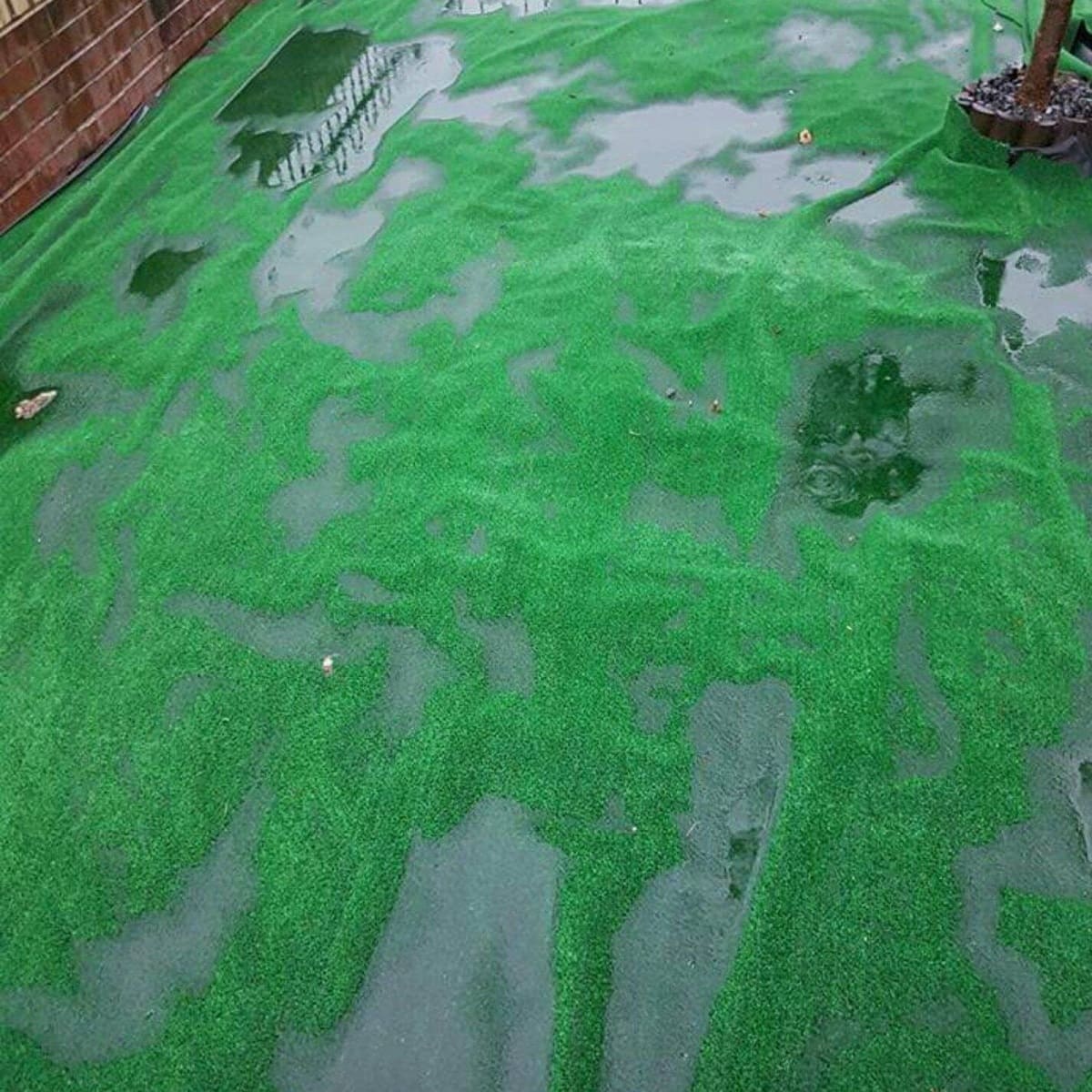
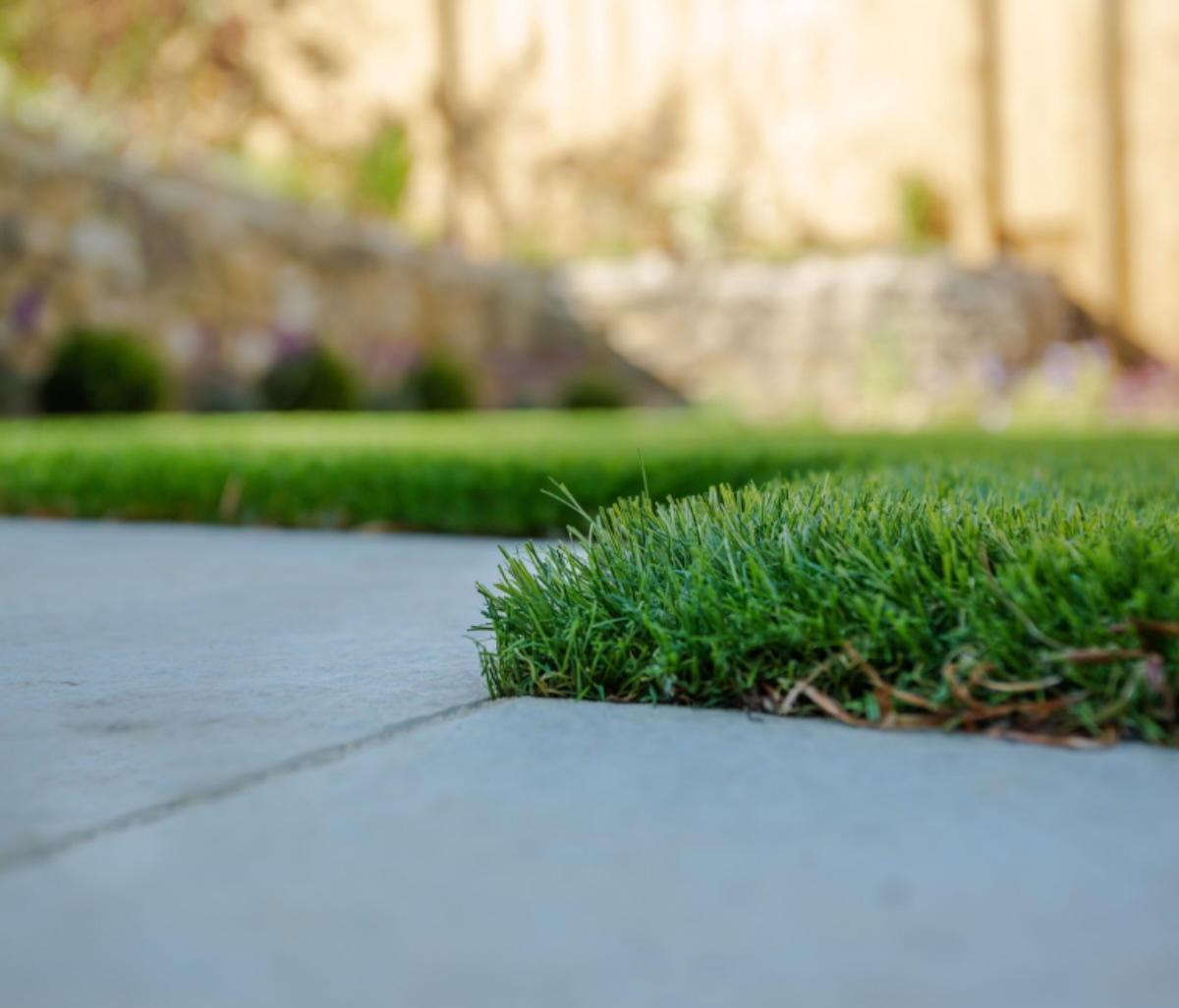
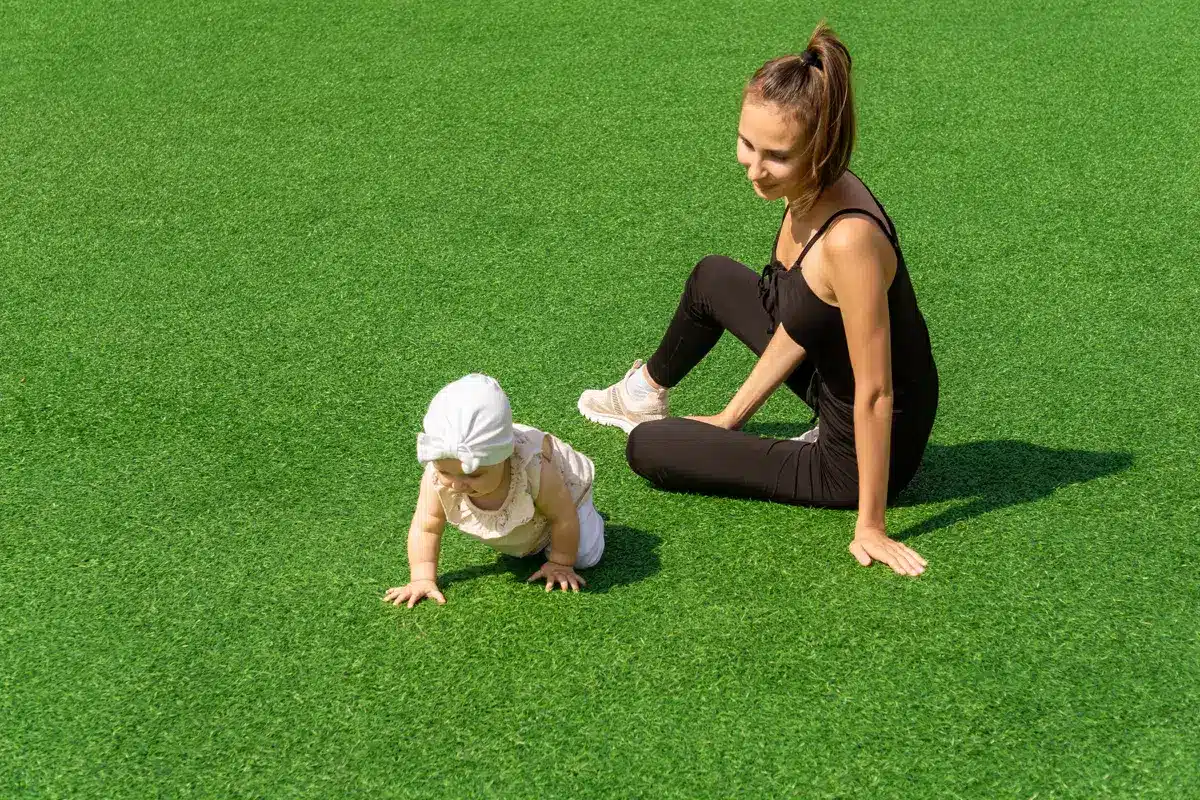
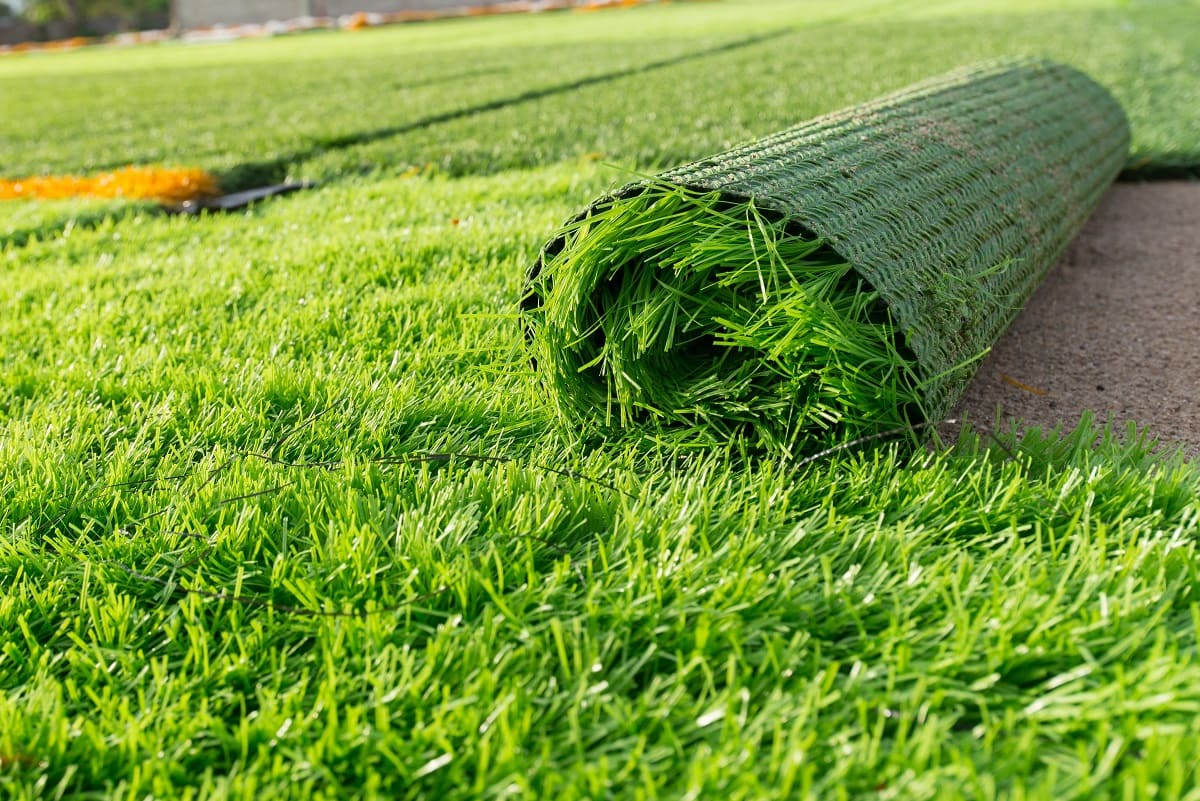
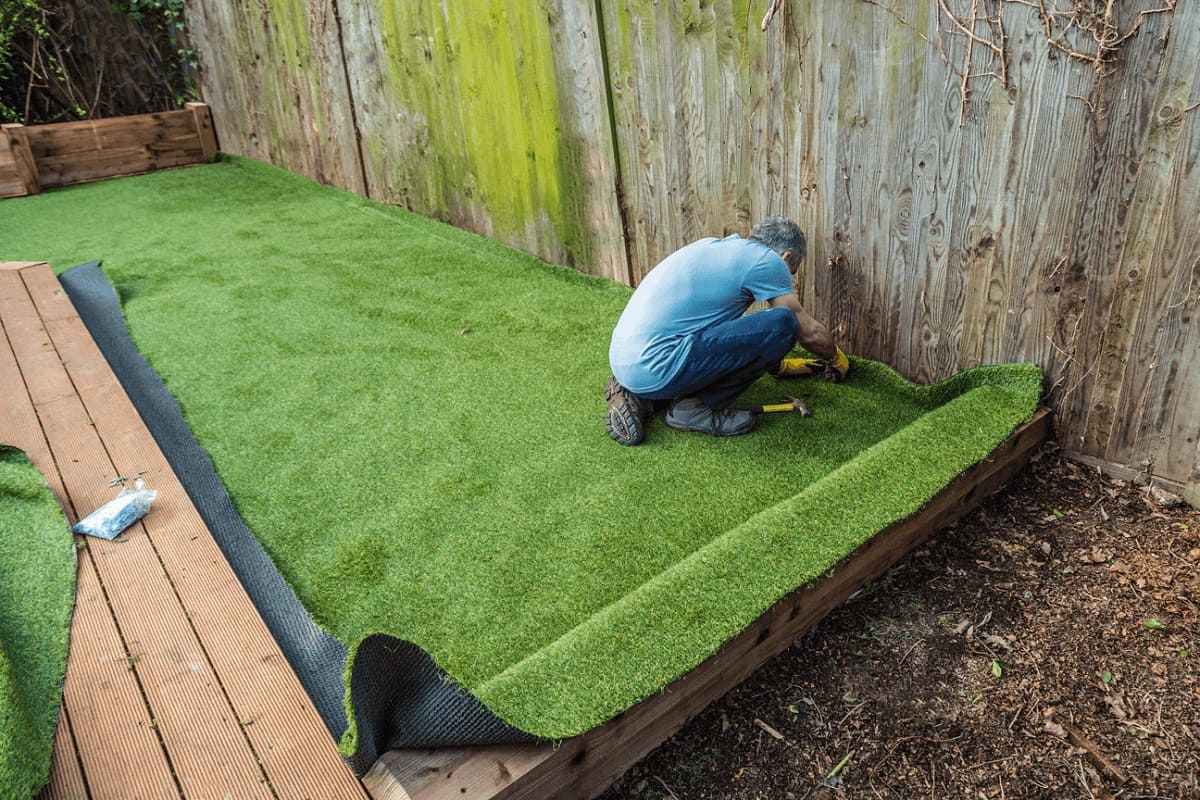
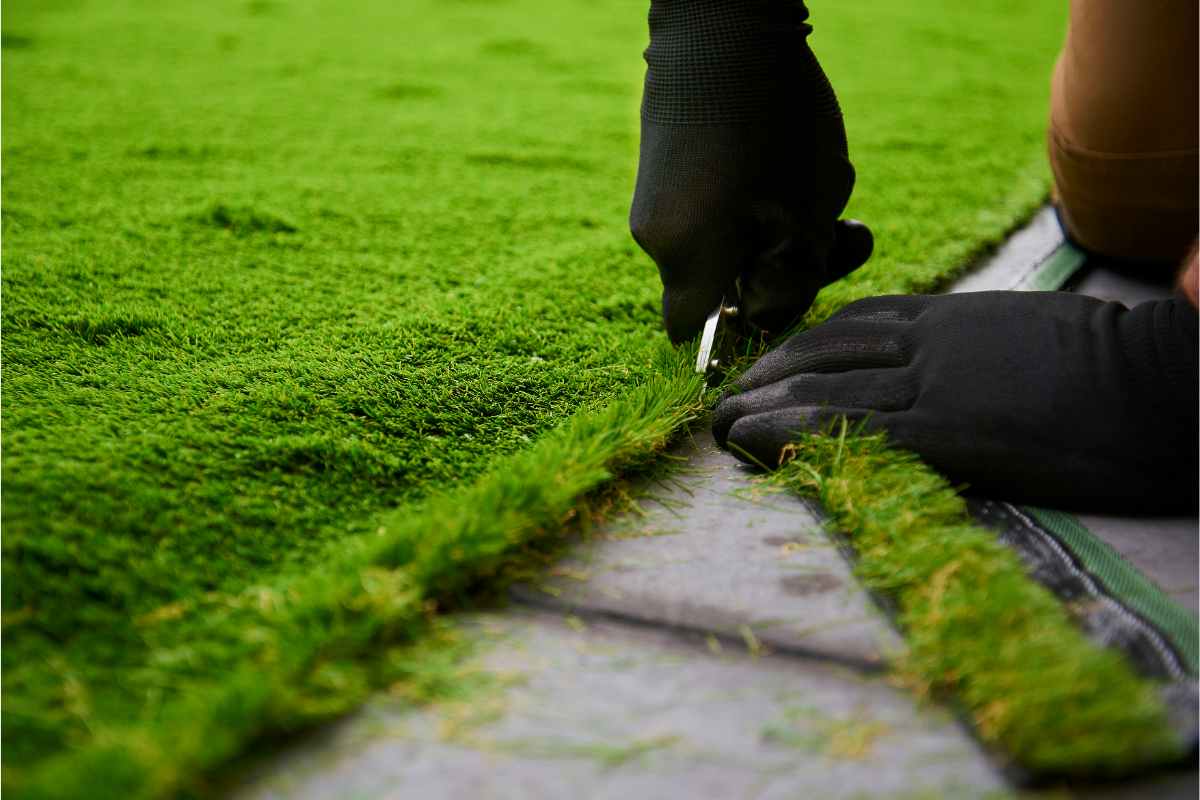
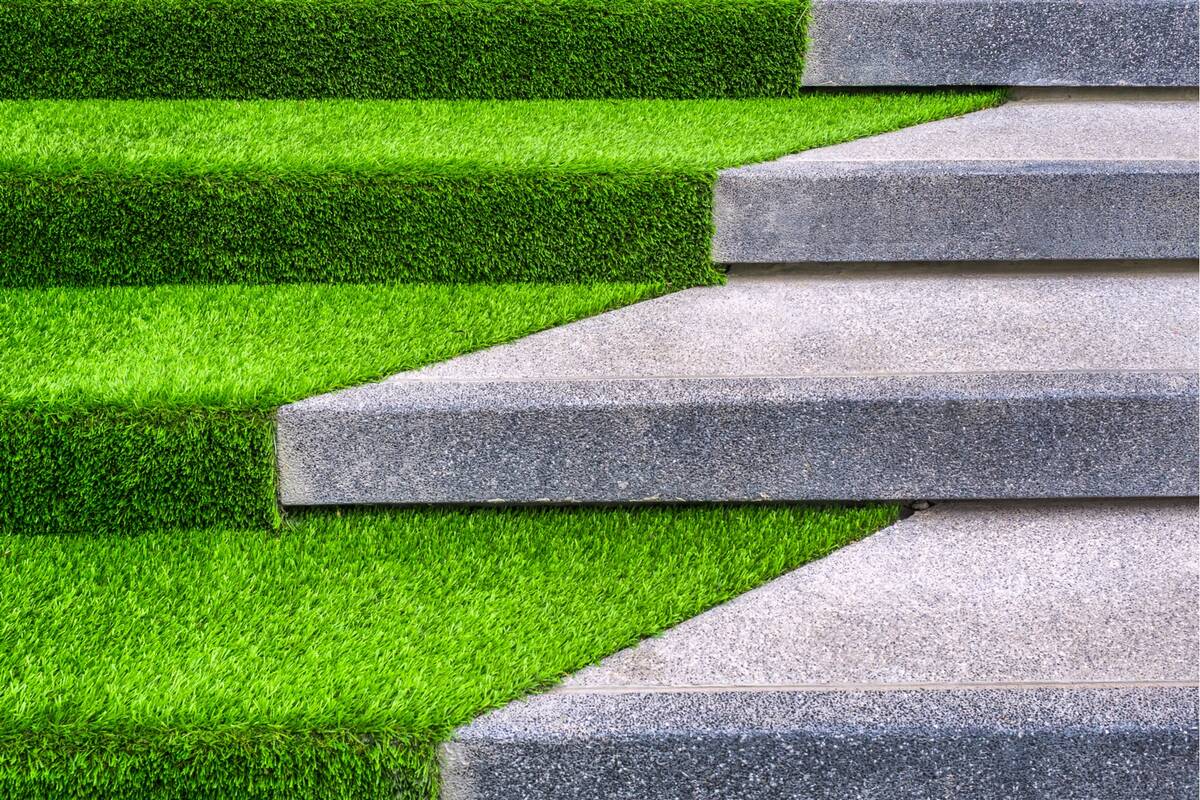

0 thoughts on “What Is The Best Fake Grass”